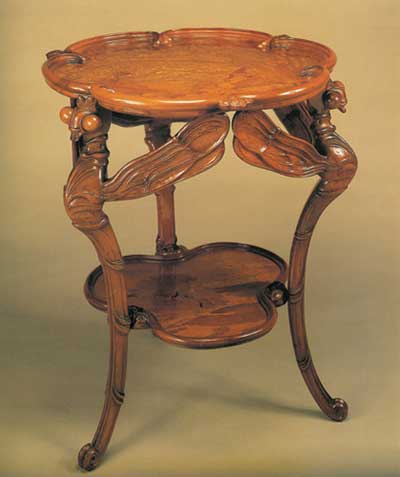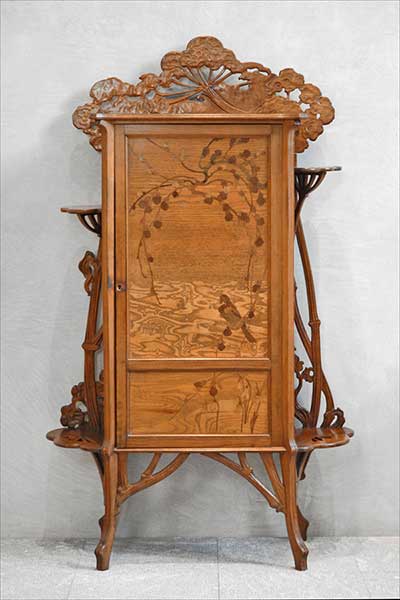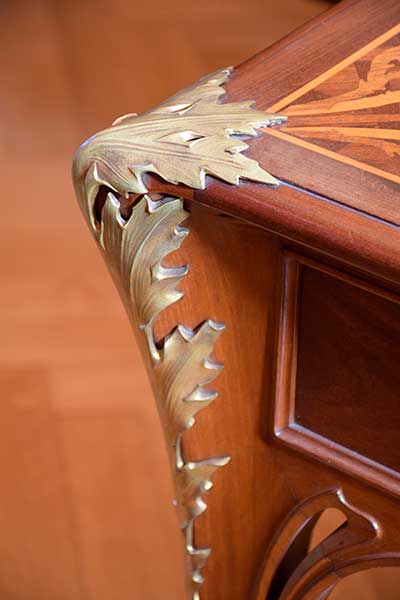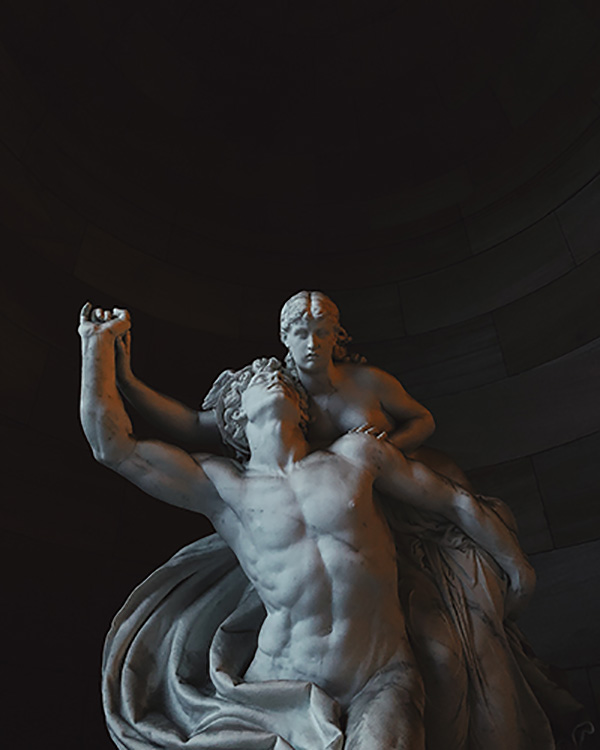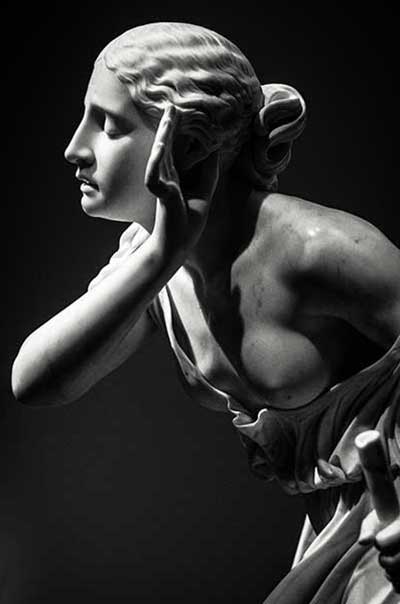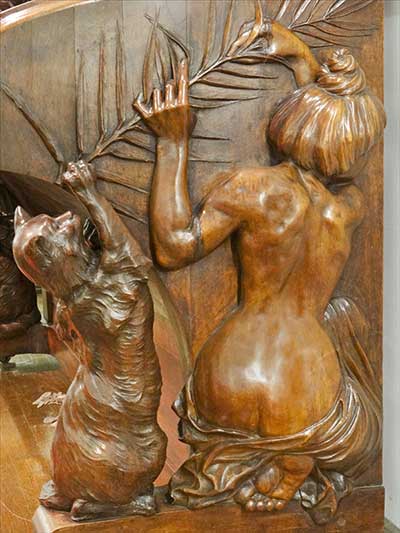
The Piano of Rupert Carabin In Musée des Arts Décoratifs
Applying nude human figures was a permanent tradition in art from Ancient Greek to the middle ages, also continuing in the Renaissance period. Subsequently, in the artistic movements as Art Nouveau and Art Deco, modelling female nudes had more artistic intent than erotic. Illustrating a nude model was, and still is, one of the usual art educative methods for apprentices of art to develop their sense of observation and proportion. François-Rupert Carabin is one of the sculptors in Modern history who drew his inspirations from nude body themes. For a period in his life, he attended dissection halls of the Medicine Faculty for anatomy’s studies of the human body. Like Henri Toulouse-Lautrec, one of his contemporaries, he also visited cabarets and café’s to sketch the brothels, study the prostitutes’ photographic images, and follow them as a subject model. His nude art is aesthetically valued and stunning.
François-Rupert Carabin was a French medal maker, goldsmith, woodcarver and furniture designer. He worked with various materials such as clay, ceramics, bronze and wood. As a brilliant furniture decorator, he cut deep grooves on wood, used sculpted elements attached to the plane surfaces and materialized raised forms above the solid wooden backgrounds. His nude figures and the formed human limbs as integral parts of his designs conjoined his furniture components. They were applied as handles and pedestals of his chairs and cabinets.
